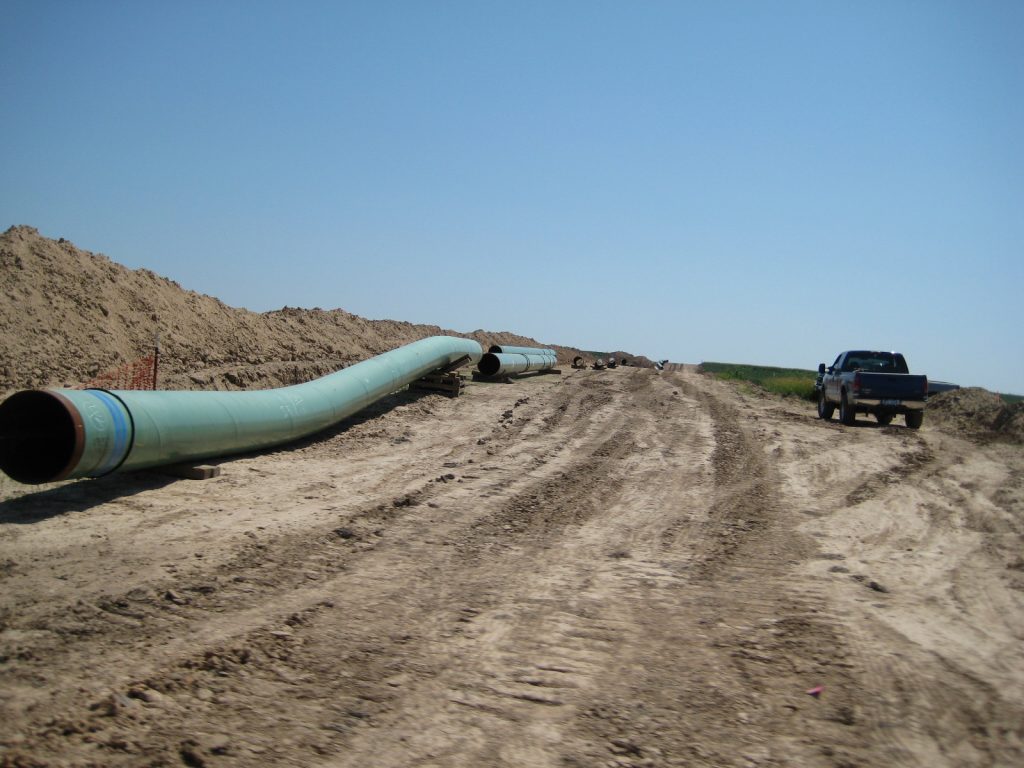
For the past several decades the US has pursued policies that promote energy independence and both energy and national security. As part of this pursuit, high volume hydraulic fracturing (fracking) technologies were first developed in the late 1940s by Halliburton, and its technological advances after the 1970s have rapidly increased oil and natural gas (gas) production capacity.
On the positive side, this technology has contributed to job creation, economic growth, and energy security throughout the country. However, in recent years this mission has come into conflict with the property rights of individual land owners on whose land many oil and gas reserves are located and has also raised concern about the environmental consequences of fracking on air, water, and soil quality.
This has been particularly noticeable in the state of Texas, a state that as a whole continues to benefit from the oil and gas industry—despite increases in oil and gas prices—and a state in which more than 95 percent of land is private property.
But what happens when oil and gas reserves lie below these private lands? Who wins?
Eminent domain
In order to advance energy interests, oil and gas companies may seek eminent domain, a process through which the government can seize land for the purpose of serving the public good. In this case, the “public good” is oil and gas production, which has contributed significantly to economic and job growth in Texas. Through eminent domain land seizures, oil companies are expected to pay land owners just compensation. The level of compensation varies case by case, but generally compensation is estimated by the value of the land in combination with the value of the mineral resources oil and gas companies expect to tap.
However, while eminent domain allows states to more easily reach their oil and gas production targets, many communities are adversely impacted by oil and gas development on their properties and land owners do not always receive fair compensation.
Meet Margaret O’Keefe, a farmer in Jefferson County, East Texas, who fell victim to eminent domain as a result of the expansion of the Crosstex NGL Pipeline in 2013. O’Keefe inherited 25 acres of land from her mother that she shares with her seven siblings. The O’Keefe family has maintained Bermuda grass production on the property for many years. However, the Crosstex pipeline has disrupted the farm’s production operations by drilling through the O’Keefe property.
Small land owners like O’Keefe are often victims of eminent domain either because they are unable to afford the legal battles to fight the process or because they’re unable to spend months in court. As a consequence, O’Keefe and others feel that these fights aren’t winnable.
It creates both a helpless feeling among small land owners and a hopeful feeling among oil and gas companies who observe greater opportunity to obtain more drilling permits to increase profits. Of particular significance, research suggests that oil and gas companies are more likely to pursue projects in lower-income communities than in wealthier ones.
Forced pooling
Currently, there are few protections to ensure that land owner property rights are secure against oil and gas companies. In addition to eminent domain, the majority of states in the US have forced pooling laws. The Texas forced pooling law, for example, dates back to 1977. These laws allow companies to acquire subsurface mineral rights, which thus grants them access to oil and gas resources even on private property. Land owner objections can’t prevent forced pooling.
Moreover, in some areas where new oil and gas wells are unable to be built—the rare times when property rights are maintained—companies can subvert that barrier by drilling horizontally from a nearby well. Land owner property rights are still diminished.
It is clear that oil and gas interests continue to take priority in Texas and many other states around the country. As states expand their economic growth from oil and gas development, we need to consider the impacts on small land owners who are directly affected as well as the environmental impacts on the land on which this development takes place.
Environmental consequences and development benefit calculations
Researchers have found a number of negative environmental impacts associated with oil and gas development, particularly for the rural poor. Oil and gas development has been shown to decrease water, air, and soil quality.
Building the Crosstex NGL Pipeline significantly disrupted surrounding agricultural lands. And like the Margaret O’Keefes of the country who depend on agriculture for income, this much land degradation imposes an additional burden on rural livelihoods.
These factors don’t appear to be accounted for in the benefit calculations of oil and gas development in Texas and elsewhere. Oil and gas development benefits are calculated as a function of total spending, production, personal income, and job growth. Some research suggests that the costs of fracking exceed its benefits. Adverse economic impacts to small land owners and the environment should be considered in states’ calculations of oil and gas benefits.
Do you really own your property? What can you do?
With eminent domain and forced pooling in Texas, the land rights of many residents are essentially irrelevant when it comes to oil and gas development goals. Although the specific conditions for forced pooling vary by state, there is some critical mass—a certain number of land owners—that is usually required before forced pooling is approved. This is not the case in Texas; there are no minimum property ownership requirements before a company may apply for forced pooling.
If you or your neighbor are worried that oil and gas development may come to your properties, you can help prevent this development by rallying a group of people from your community to petition against drilling. Familiarize yourself with what eminent domain or forced pooling laws exist in your state and what entity oversees the laws by clicking here. For a more comprehensive description of eminent domain procedures for the state of Texas click here, page 39.
